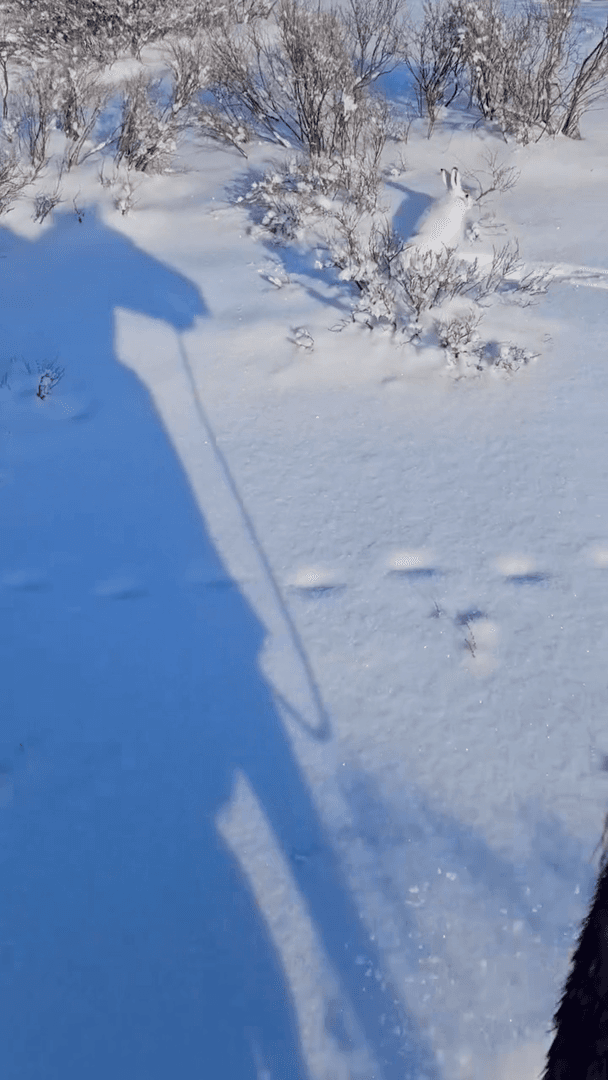
Hunting in Matabeleland, Zimbabwe: Discover the Local Demographics and Vibrant Hunting Associations of the Area Matabeleland, a vast and rugged region in southwestern Zimbabwe, is renowned for its breathtaking landscapes, diverse wildlife, and rich hunting traditions. For hunters seeking adventure, this area offers some of Africa's most sought-after game species amidst stunning natural settings. Whether you’re after the thrill of tracking big cats or aiming to bag plains game trophies, Matabeleland has something special to offer every hunter. Geographical and Natural Features of the Region from the Point of View of Hunting Matabeleland spans two provinces—Matabeleland North and Matabeleland South—and boasts varied topography that makes it ideal for hunting. The region includes parts of the Kalahari Desert, savannah grasslands, mopane woodlands, and granite hills. These diverse habitats support an impressive array of wildlife, including predators like lions and leopards as well
Post: 25 July 19:18
















































